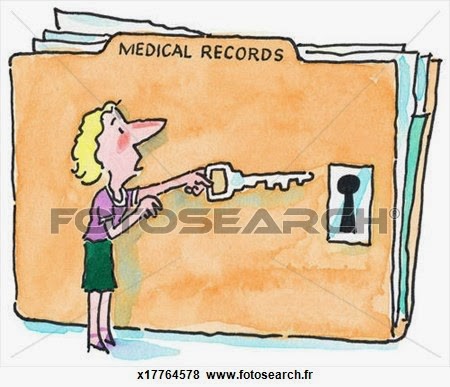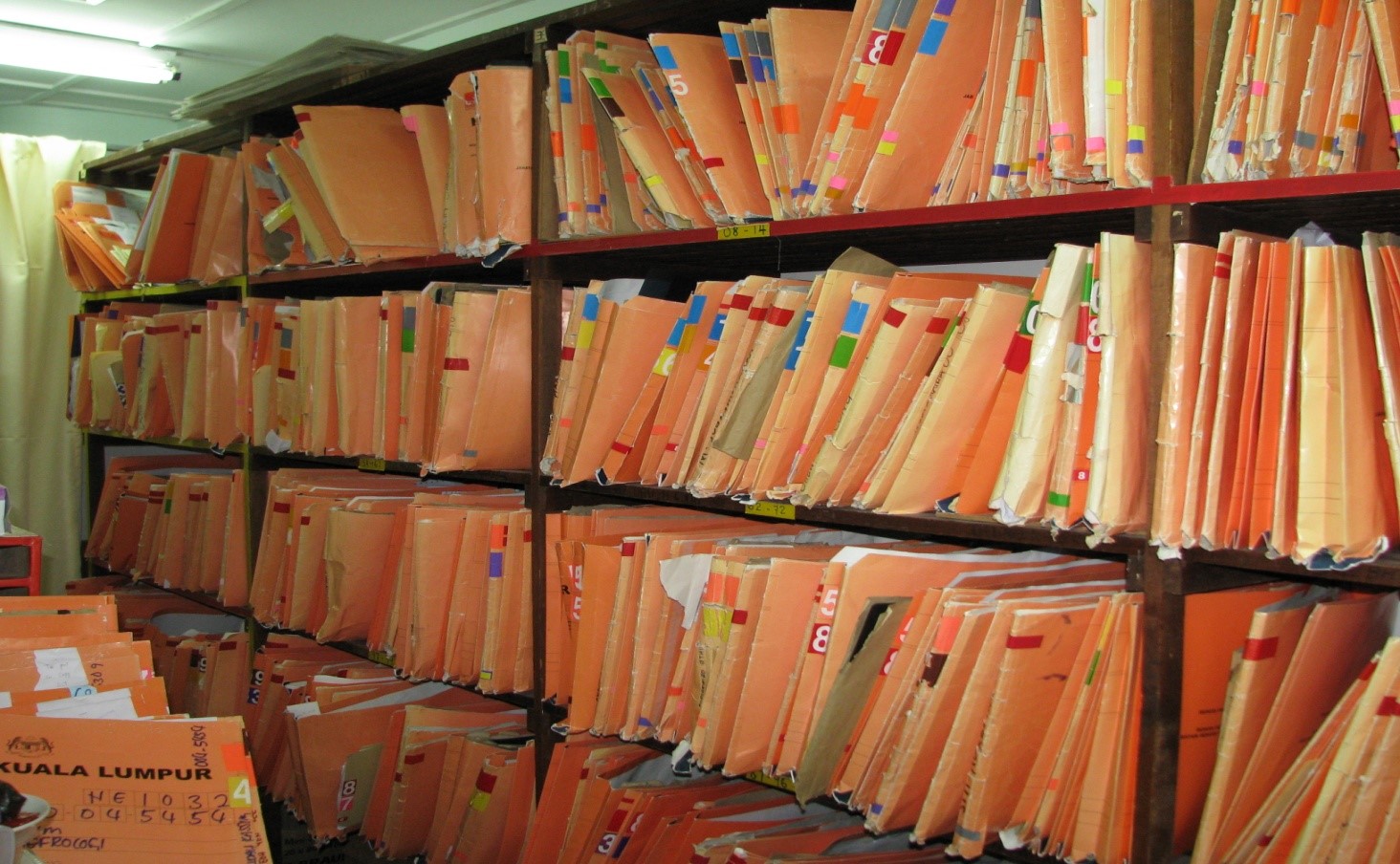Medical Records Contents Scanning To Solve The Issue Lack Of Space Medical Records Storage

Introduction
As a whole, there are currently 143 hospitals under the Ministry of health. This amount includes a total of 127 manual management hospitals (88%) and 16 or (12%) of IT hospital. Manual Management here means the hospitals still need and use physical care medical records in the treatments of patients and apply IT in a minimum in the daily tasks.
The main issue faced by these hospitals is the lack of patient medical records storage space. Patients’ medical records must be kept for 7 years from the end date of the patient’s treatment only then it can be disposed. Except for Pediatric Medical records and Obstetrics storage period are about 21 years, while for mental patients the records are disposed after 3 years from the date of death of the patient.

Definitions
Patients’ medical records consist of a compilation about the patient’s illnesses and treatments. It’s including data that relates to current and past illness history as well as the treatment received by the patient which was recorded by the medical officer who was involved in health treatment/care onto the patient. The purpose of this is for the continuation of the treatment to the patient. In addition, patient’s medical record is also used for disease researches and health statistic purposes.
Early Steps
Patient’s medical record scanning requires a meticulous planning in terms of human resources, equipment and systems that will be used to trace the needed records. It also requires expensive cost to develop a detection system to trace patient medical records which is really efficient.
- Need to decide whether a member of one’s medical records that will make the process of scanning or appoint outside contractors to do it. The use of outside contractors will increase the costs to pay them.
- Human Resources – If the scanning is done by the member of the medical record department, this it will require extra labour force to do the scanning process; because there are members that will make the process of scans, and members that searching the patients’ medical record search at the same time. This will increase the existing workload.
- Equipment – This will depends on the number of beds in a hospitals where large number of beds will require more facilities such as scanner machines, servers and computers.
The Policy In Ministry Of Health
Until this moment the ministry of health does not have any specific policy for patients’ medical record scanning. This is because the Malaysian court is still practicing the use of physical medical records that relates with legal cases (for hospitals that operate manually).
Advantages
- Reduce the issue of losing medical records – If the medical records are not found/ delay, the scans that available in the system can be used as a reference for the continuation of the treatment for the patient. So that the patient can get the necessary treatment in accordance with a predetermined time.
- Easy to track down the medical records of the patient – Compared to a manual system which requires time to track the medical records instead it can be checked using the system because once it is scanned the records will be uploaded into the system.
- Reduce costs/human resources – It reduces the human resource to search for the medical records. Records department no longer have to request for additional human resources for the purpose of medical record search. This is because record officers no longer need to track/trace the records as clinical departments’ staffs will look into the system for the records.
- Reduce the risk of lost/misplacement of the medical records – In cases such as records lost/ cannot be found, clinical department can still use the scanned records in the system.
- Saves search time – Record officers will no longer have to look for the records on the shelves. Thus this will save a lot of time and they can facilitate with other daily works.

Disadvantages
- Physical records are still need to be stored even though patient medical record scanning has been made. Therefore, it does not reduce the problem of storage space.
- Expensive Cost to develop the system. The cost of the equipment and also the cost of maintaining the system is expensive.
- If there is no system to track records that have been scanned, this will still requires human resources to locate the records.
- The physical medical records are still need to be use when a patient is admitted into a ward, the ward will sent a different registration number although it’s the same patient that is admitted. Same goes with patients that went for an appointment which the patient’s notes need to be compiled along with the rest of the patient’s medical records. Thus, these do not lighten the workloads in record department.

Conclusion
If external vendors are appointed , hospital staffs need to be careful and always need to be on their heel as there had been cases where the record scanning went wrong that caused the loss of medical records as well as those who issued the budget as the scan is made but cannot be used.
| Last Reviewed | : | 18 August 2017 |
| Writer | : | Pn. Zahidah Binti Ahmad Fadzil |
| Translator | : | En. Kaandeepan A/L Govindasamy |
| Accreditor | : | Tn. Hj. Lokhman Bin Dasuki |







